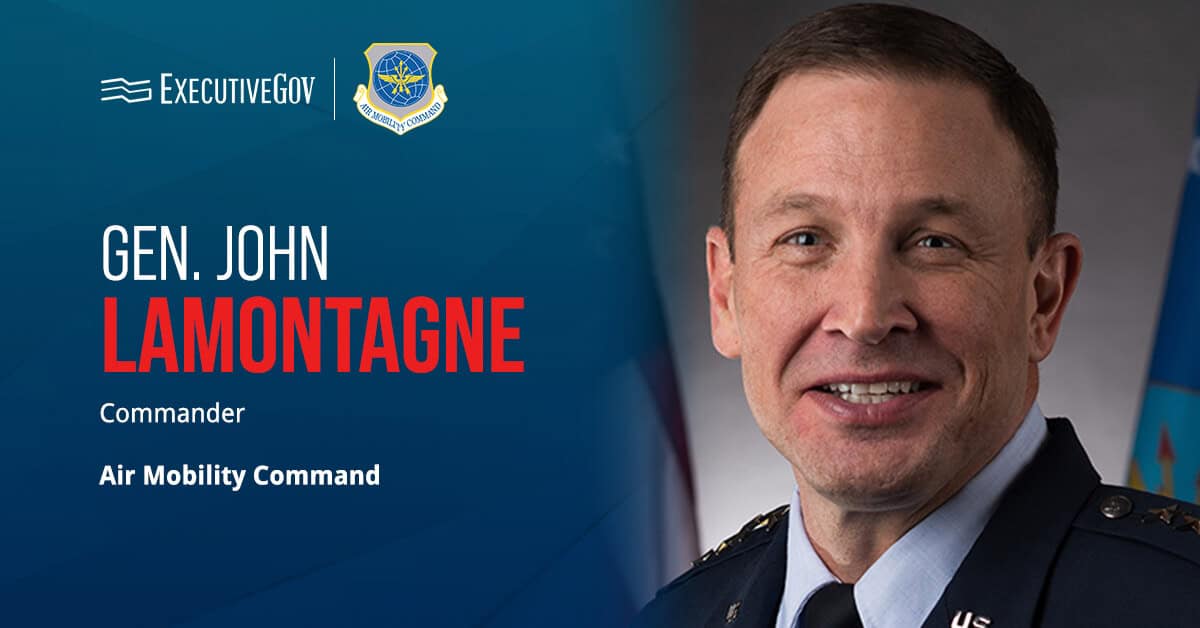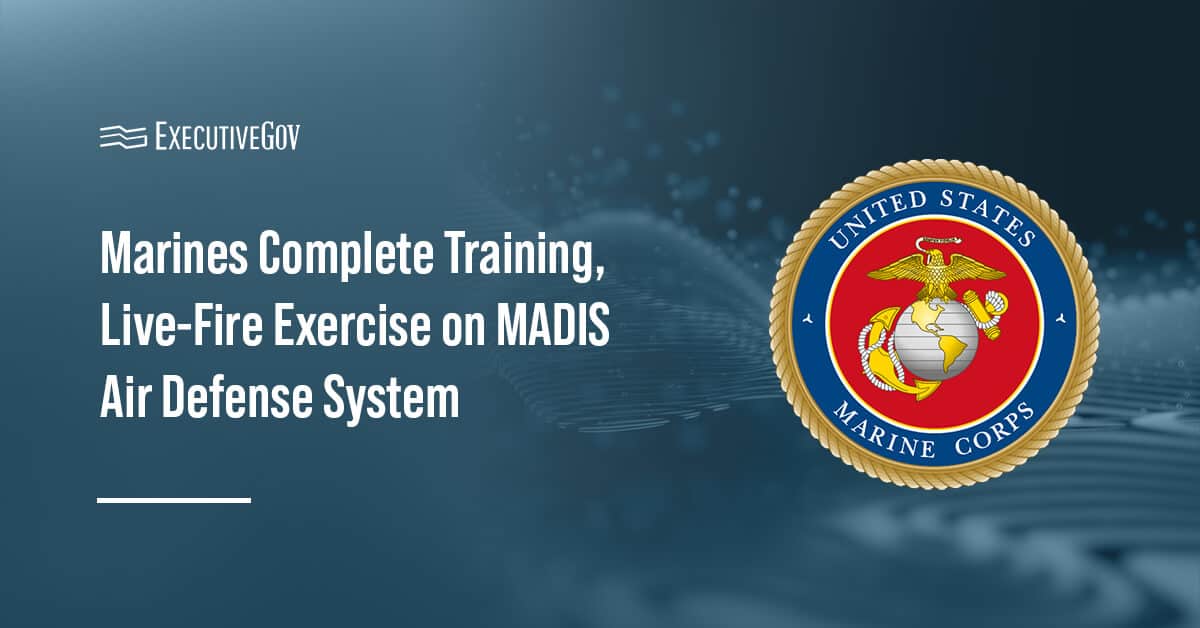 Capt. Christopher Flaherty has taken helm as the Commander Task Force 57’s commodore after a U.S. Naval Force Central Command-hosted change of command ceremony at Naval Support Activity Bahrain.
Capt. Christopher Flaherty has taken helm as the Commander Task Force 57’s commodore after a U.S. Naval Force Central Command-hosted change of command ceremony at Naval Support Activity Bahrain.The U.S. Navy said Tuesday Flaherty has succeeded Capt. Brett Coffey who will report to the Ohio State University Naval Reserve Officers’ Training Corps unit in Columbus, Ohio as a professor of Naval Science following a nearly two-year stint with CTF 57.
“[Coffey]Â did all this hard work and he did it by paying attention to his Sailors,” said Vice Adm. Kevin Donegan, commander of U.S. Naval Forces Central Command.
CTF 57 offers maritime patrol and reconnaissance aircraft across the U.S. 5th fleet area of operations and supports four task groups that include more than 650 personnel that operate from four countries.





